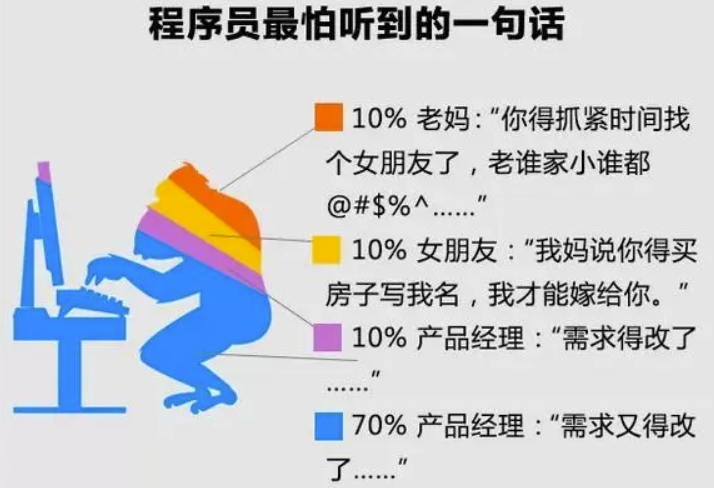MySQL’s CASE statement allows you to perform conditional logic within a SQL query.
The basic syntax for a MySQL CASE statement is as follows:
CASE
WHEN condition1 THEN result1
WHEN condition2 THEN result2
...
ELSE default_result
END;
Here, the CASE statement evaluates a series of conditions and returns a result based on the first condition that is true. If none of the conditions are true, the CASE statement returns the default result.
For example, suppose we have a table called “employees” with columns “name” and “salary”. We can use a CASE statement to categorize employees based on their salary:
SELECT name,
salary,
CASE
WHEN salary < 50000 THEN 'Low'
WHEN salary >= 50000 AND salary < 75000 THEN 'Medium'
ELSE 'High'
END AS salary_range
FROM employees;
This query uses the CASE statement to create a new column called “salary_range”, which categorizes employees based on their salary. If an employee’s salary is less than 50,000, they are labeled as “Low”. If their salary is between 50,000 and 74,999, they are labeled as “Medium”. And if their salary is 75,000 or above, they are labeled as “High”.










![#include
#include
int main() {
int*arr=(int*)malloc(3*sizeof(int));//先分配3个整数
if(arr==NULL)return1;
arr[0]=1;arr[1]=2;arr[2]=3;
printf("Original array:");
for(int i=0;i](https://linuxcpp.0voice.com/zb_users/upload/2023/05/202305162214555498962.png)









